|
Experiential learning resources for the innovative educator
Relevance and real world learning in the classroom or homeschool is so important for students, not only to engage in learning but for them to care about the content. Fostering an authentic learning environment for your students is critical. Focusing on concepts that are part of the life and the real-world, part your students' lives beyond the walls of the classroom, helps them find purpose in the experience, which is at the heart of experiential learning. But what is an authentic learning experience, and how do you plan an authentic learning experience that engages high school students in real world and relevant topics? How many times has a student asked you "Why are we doing this?" or "What is the point of this?" Your answer might be "because we have to", or "because it's on the test". Or maybe your answer is more along the lines of "because it's interesting." It might be interesting to you, but not to your students, possibly because they can't find a real-world connection. They may not see why it matters or how it is relevant to them because it IS NOT relevant or it does not matter. If they don't see purpose, you risk them checking out, or worse, feeling that learning is a chore rather than a joy. So how do you make learning relevant, real-world, and purposeful (while focusing on specific content if need be)? How do you foster an authentic learning environment? With experiential learning activities! Experiential learning organically checks all of these boxes, but you will also have to be deliberate. Try these tricks: How to Add Real World Learning in the Classroom with an Authentic Learning Experience1. Focus on Community Issues Pay attention to what is going on in your school, neighborhood, city, national, and global communities. Students can really connect with and make sense of topics and experiences that are present in everyday life. For example, if you're a science teacher that needs to teach about viruses, try using Covid-19 vaccines, an issue that literally impacts everyone, to drive the unit or inquiry experience. One way to bring awareness to issues that are important to students is to have them study local current events that are of interest them. You can even attach specific content or benchmarks to the experience, focusing on current events related to viruses, for example. 2. Personalize Learning It is hard to know what content is relevant to students without learning about who they are, what matters to them, what they're experiencing at home, life challenges, interests, and more. I give my students personal learning plan templates to fill in on the first day of school. Students fill their PLP's in with information about themselves, share their interests, write goals, and more. I use the information in their personal learning plans to drive learning experiences throughout the year, focusing on concepts that are important to students. This grabs their attention, engages, and intrinsically motivates because students can directly apply the concepts to their lives. 3. Incorporate an Authentic Learning Experience An essential piece of experiential learning is learning through direct involvement rather than passively receiving information. If possible, incorporate authentic learning experiences into your curriculum, where students can get directly involved in the real-world, relevant concepts that they are studying. This is an essential part of experiential learning, and is how students make a connection to real life topics that are personally meaningful and impactful. Organize an authentic learning experience that fortifies the concepts being covered. Get students directly involved in and immersed in real experiences such as speaking with a virologist and touring their lab (virtually, given the nature of the circumstance). 4. Offer Self-Directed Learning Opportunities Student-led learning naturally adds meaning and relevance to the learning experience. Students see purpose when they are calling the shots and making their own choices - when they are designing the experience, determining the direction, gathering information in ways that make sense to them, and organizing their own authentic learning activities that match their interests and life experiences. To get students rolling on self-directed learning without spending a significant amount of energy or time yourself, use these self-directed tool kits created by Experiential Learning Depot. 5. Add Approaches to Learning that Promote Real World Learning in the Classroom If you're looking for precise methods of adding authentic and real world learning in the classroom, here are a few ways, each of which encompass community, personalization, authenticity, and self-direction. Project-Based Learning: Project-based learning is sustained inquiry that is authentic in nature. Every step of PBL involves the real-world. Students gather information from community experts, they collaborate with community partners, they develop useful and innovative final products, they share new knowledge with an authentic audience, and more. Grab my project-based learning tool kit and either have students design their own PBL experiences around a relevant topic or fill in the templates yourself to design the experience with relevant topics in mind. Problem-Based Learning: Problem-based learning is an easy go-to activity for any relevant real-world problem where students see purpose, make an impact, develop essential 21st-century skills and so much more. Students identify community problems that directly or indirectly impact their lives, explore solutions to those problems, and develop a hypothetical comprehensive solution to the problem. Grab my problem-based learning tool kit with templates for designing problem-based learning experiences easily and quickly. Note: Spaces recently published a guest blog post that I wrote about the difference between project-based learning and problem-based learning. Check that out! Community Action Projects: A community action project is an authentic learning experience that motivates and engages students through relevance and real-world connections. My students choose a community issue that is important to them. They then learn about that issue, explore solutions, plan a course of action, and take action. Community action projects blend project-based learning, service-learning, and problem-based learning. The experience is personalized, authentic, involves the community, and is self-directed. Grab my community action projects tool kit, which includes templates that offer a seamless implementation process from start to finish. For help getting started with any of these experiential learning approaches to real world learning in the classroom or homeschool, grab my free experiential learning tools mini-bundle. The free mini-bundle includes:
Finding ways to incorporate real world learning in the classroom isn't always easy, but try out some of these steps to simplify the process. Self-directed learning experiences really take a lot of the pressure and work load off of you, while benefiting the students in enormous ways. If you're interested in leading your team in implementing hands-on, self-directed, personalized, reflective learning experiences in your school, please reach out! Email me any time at [email protected] or fill in the contact us form. Let's work together! Click the links below to learn more: Here are some resources specifically relevant to real world learning in the classroom: Join our experiential learning Facebook group! Did you know there is an experiential learning Facebook group? Check that out - Experiential Learning Community for K12 Teachers - and join in the discussion about experiential learning ideas such as real world learning in the classroom. Find us on social media! Follow Experiential Learning Depot on Pinterest, Facebook, Youtube, and Instagram for more on experiential education, and check out my shop for experiential learning resources. Looking for relevant blog posts? Look no further!
Observe. Question. Explore. Share.
1 Comment
4/5/2023 09:01:19 pm
The most straightforward thing to be on the planet is you. The most troublesome thing to be is the thing that others need you to be. Try not to allow them to place you in that position.
Reply
Your comment will be posted after it is approved.
Leave a Reply. |
Blog IntentTo provide innovative educational resources for educators, parents, and students, that go beyond lecture and worksheets. AuthorSara Segar, experiential life-science educator and advisor, curriculum writer, and mother of two. Categories
All
|
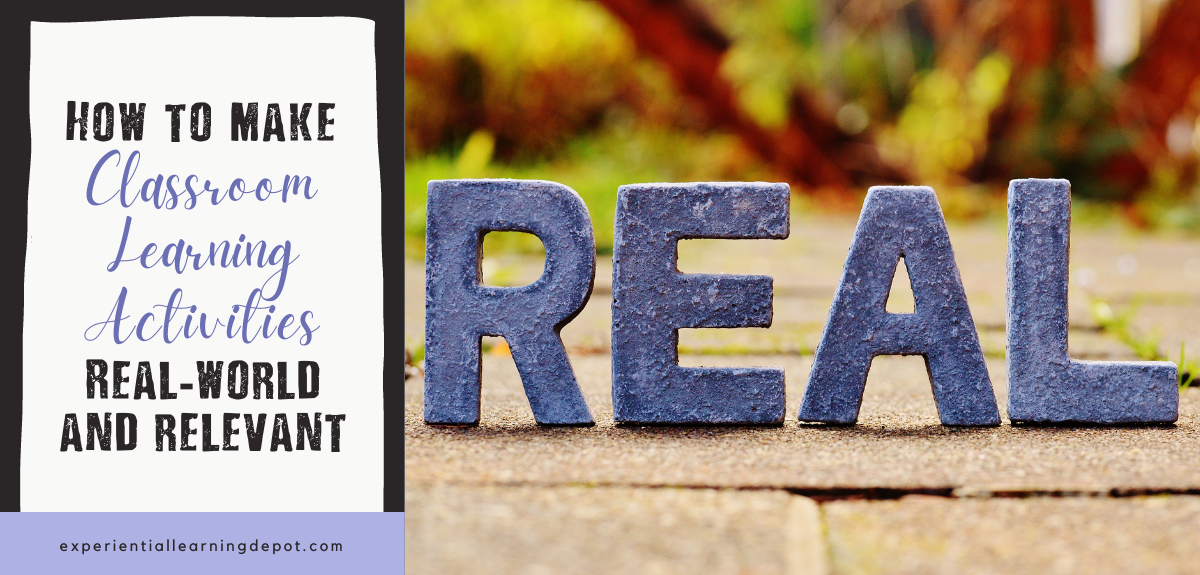
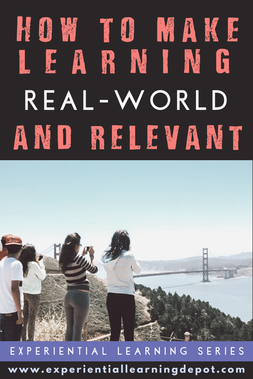
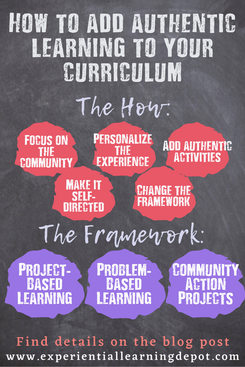
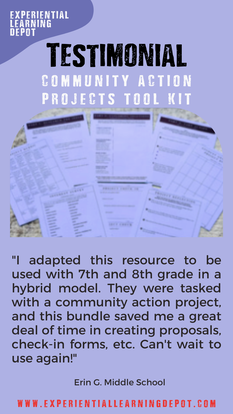
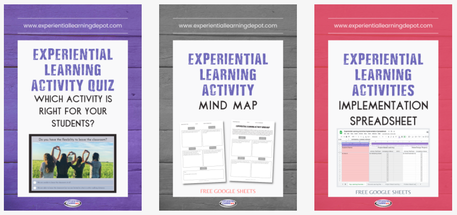

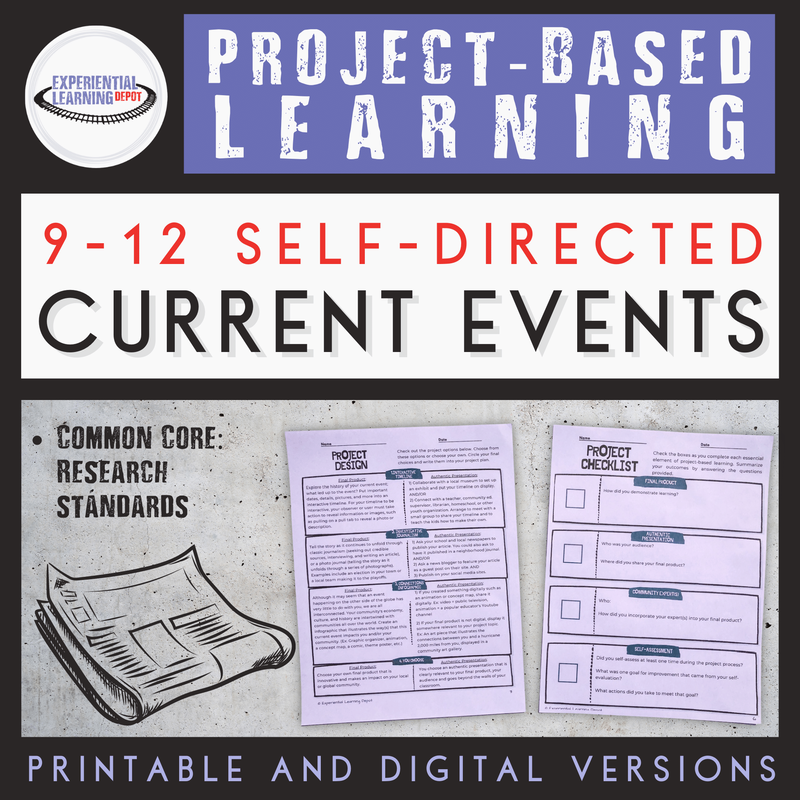
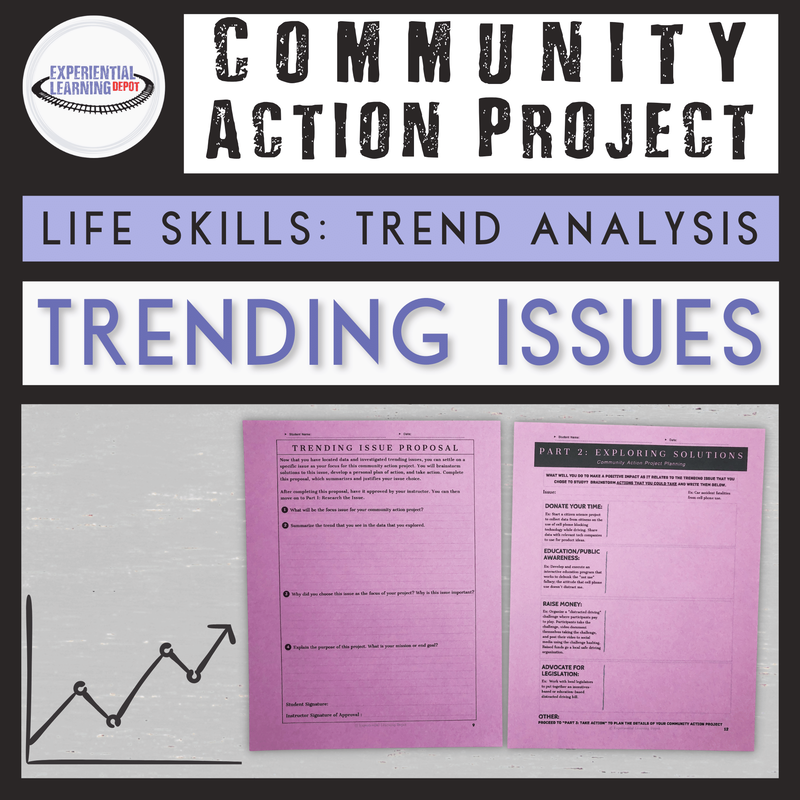
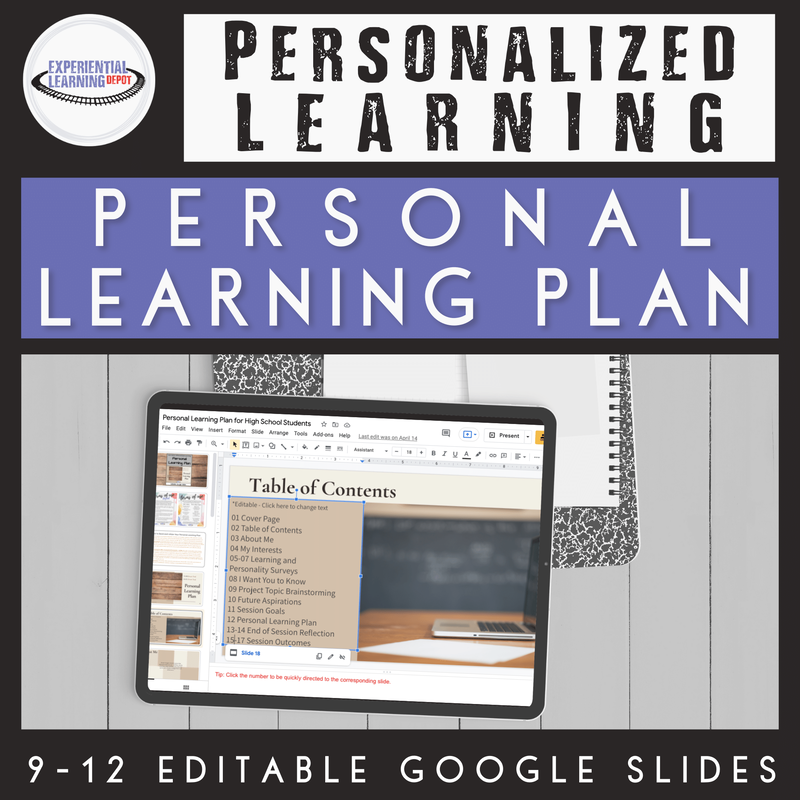
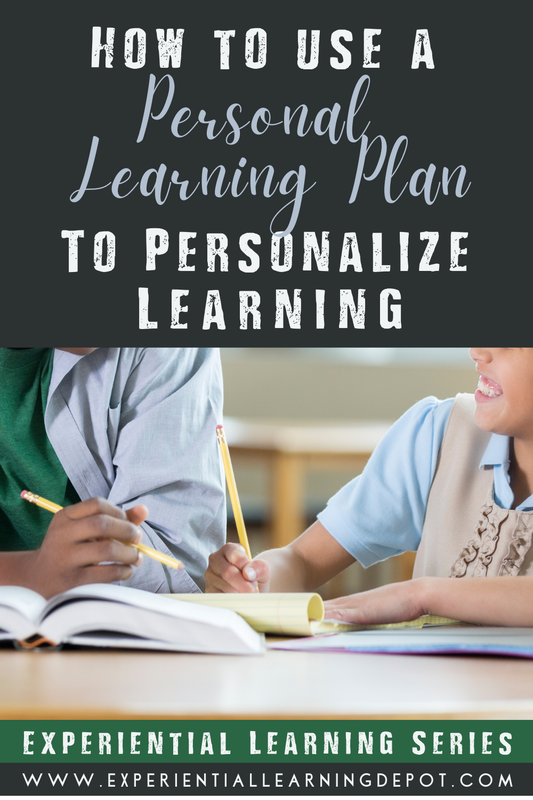
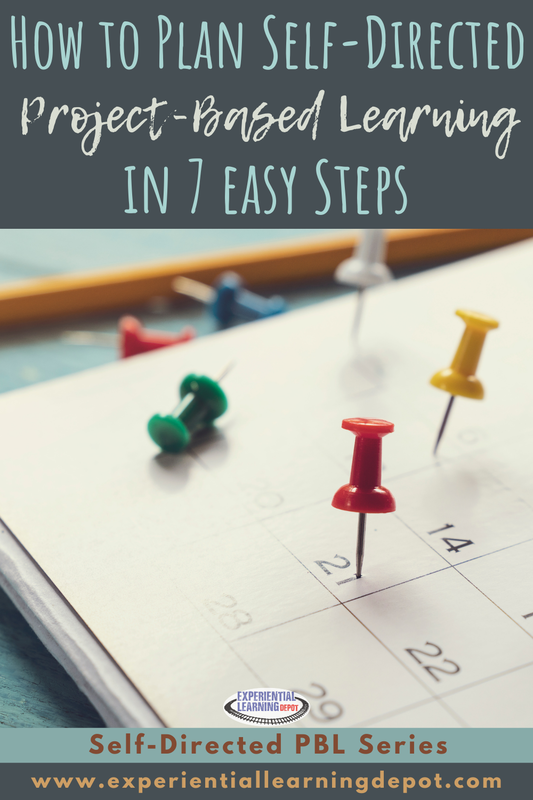
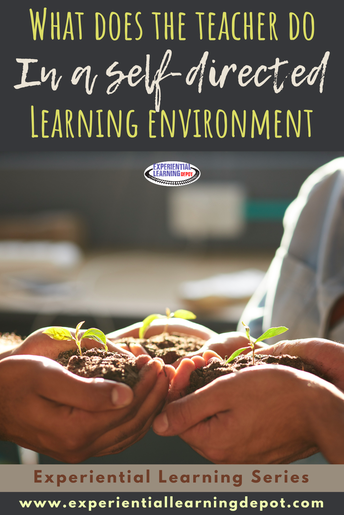


 RSS Feed
RSS Feed